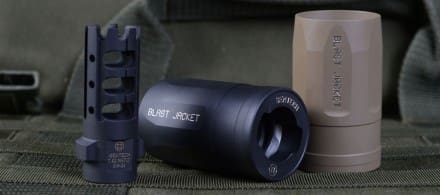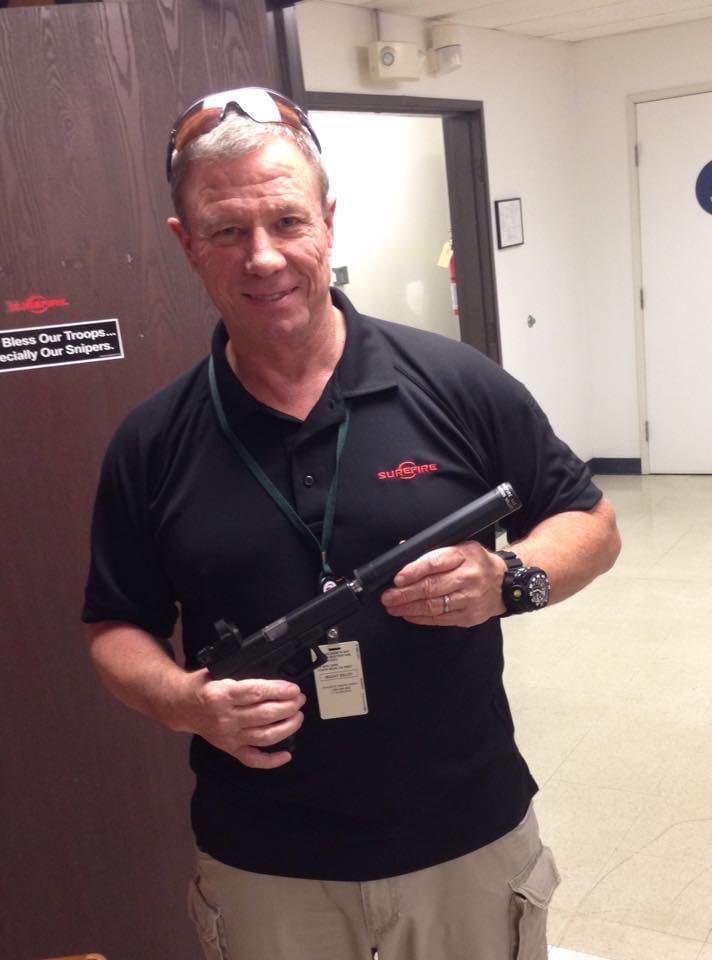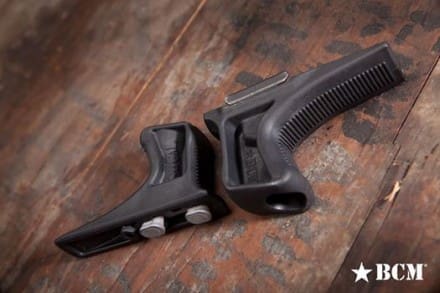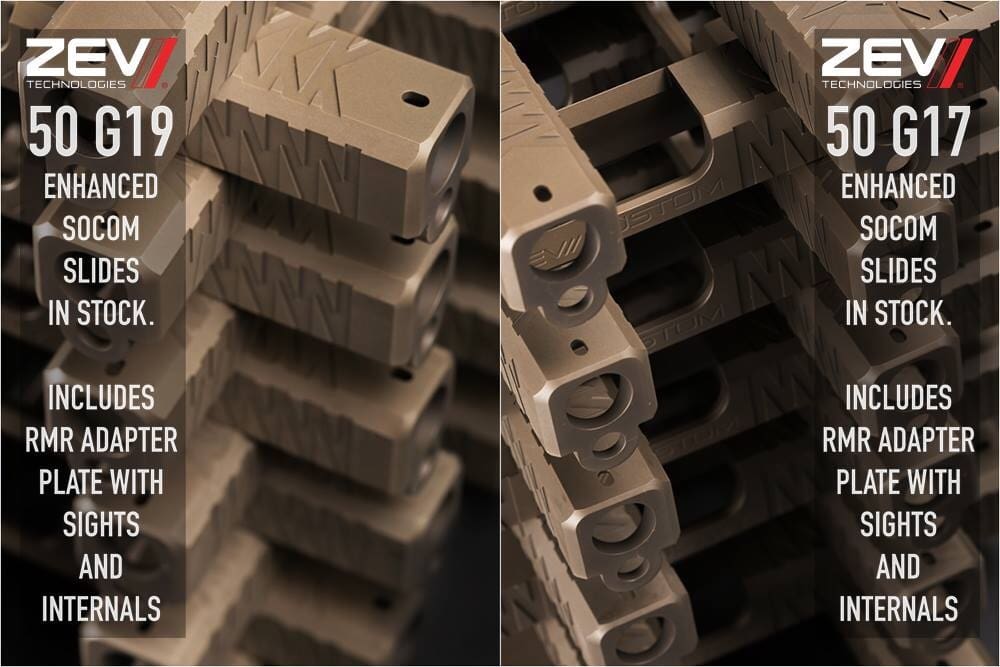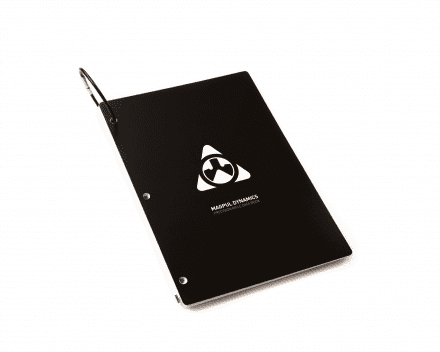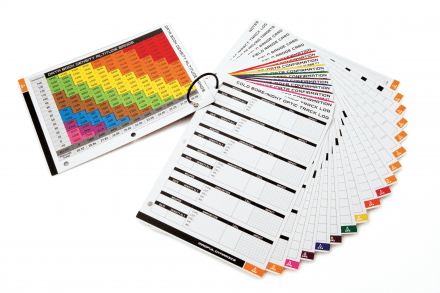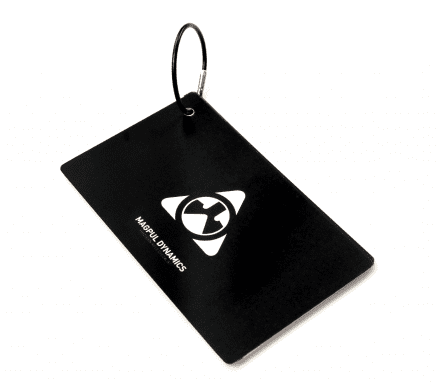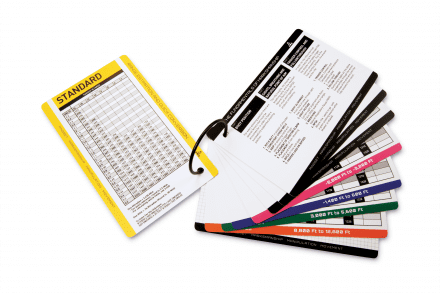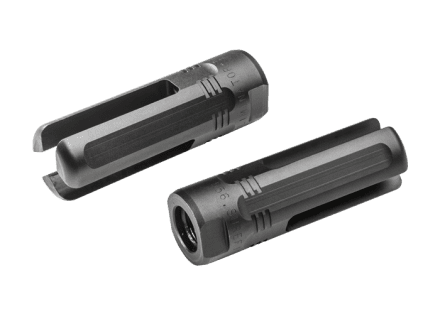Today, Magpul Industries announced their new Magpul Armorer’s Tool Series. Designed as a no-compromise alternative to common gunsmithing tools, the set currently consists of the Armorer’s Wrench and BEV Block, both made in the USA.
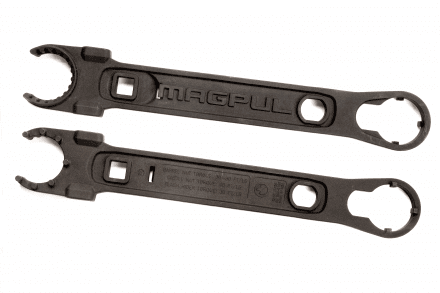
Armorer’s Wrench
– Solid steel construction w/ grip-enhancing phosphate finish
– Engages both stock and pin-style barrel nuts
– Fits standard size flash hiders
– Installs and removes rifle receiver extensions and carbine castle nuts
– Extended teeth for use with ASAP plates
– Two hammer faces
– Works with 1/2″ torque wrench
– Convenient bottle opener for refreshments (fits both Metric and SAE bottle caps)
The Magpul Armorer’s Wrench is an exceptional product in a number of ways; its design, construction, and intent are a level above what has traditionally been available in a dedicated AR15 assembly and maintenance tool. However, one of the most unique things about the Armorer’s Wrench is the product development process that brought it to market. The Armorer’s Wrench was actually a product requested for Magpul’s internal use and then developed into a commercial product.
At Magpul, our diverse and ever-expanding product line necessitates a tremendous amount of testing. Some of these tests include tolerance of environmental conditions, chemical and UV resistance, and controlled scientific strength testing among many others. As to be expected, one extremely crucial part of our product validation prior to bringing a new item to market is high-volume live fire testing. We are fortunate to have a wide selection of high-quality firearms and access to great industry partners and suppliers to maintain these firing schedules, and the world-class armorers at Magpul stay very busy repairing, refitting, reconfiguring, and maintaining our armory.
The Armorer’s Wrench was purpose designed and built to provide our armory with a tool that would stand up to the volume of use that other tools could not sustain, as well as providing optimized functionality for the tasks it had to perform. The cost and lost time of breaking tools at an unacceptable rate came led to our armorers asking the company to apply our proven design and manufacturing expertise to solving their problem, and the Magpul Armorer’s Wrench is the result. While the cost was slightly higher than some other armorer’s tools, the function and durability more than offset the cost difference. Once the wrench proved its worth in our shop, the Armorer’s Wrench transitioned to a production item with a singular goal made possible by its many functions: to provide the professional, institutional, or recreational armorer the finest commercially available AR15-pattern tool ever produced.
store.magpul.com/product/MAG535/misc
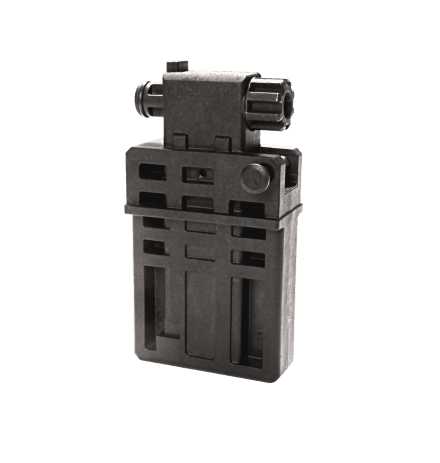
BEV Block
– All-in-one, compact vise block tool for assembly operations of barrel nuts, flash hiders, etc.
– Mounts securely in a vise
– Provides support for both billet and forged upper receivers
– Solid steel lugs and full length support shank engages barrel extension and prevents flexing
– Steel hardness is optimized for durability yet won’t damage barrel extension
– Polymer for all other engagement surfaces
– O-ring post uses bolt carrier for additional stability
– Included Pin keeps upper in proper position.
store.magpul.com/product/MAG536/misc


